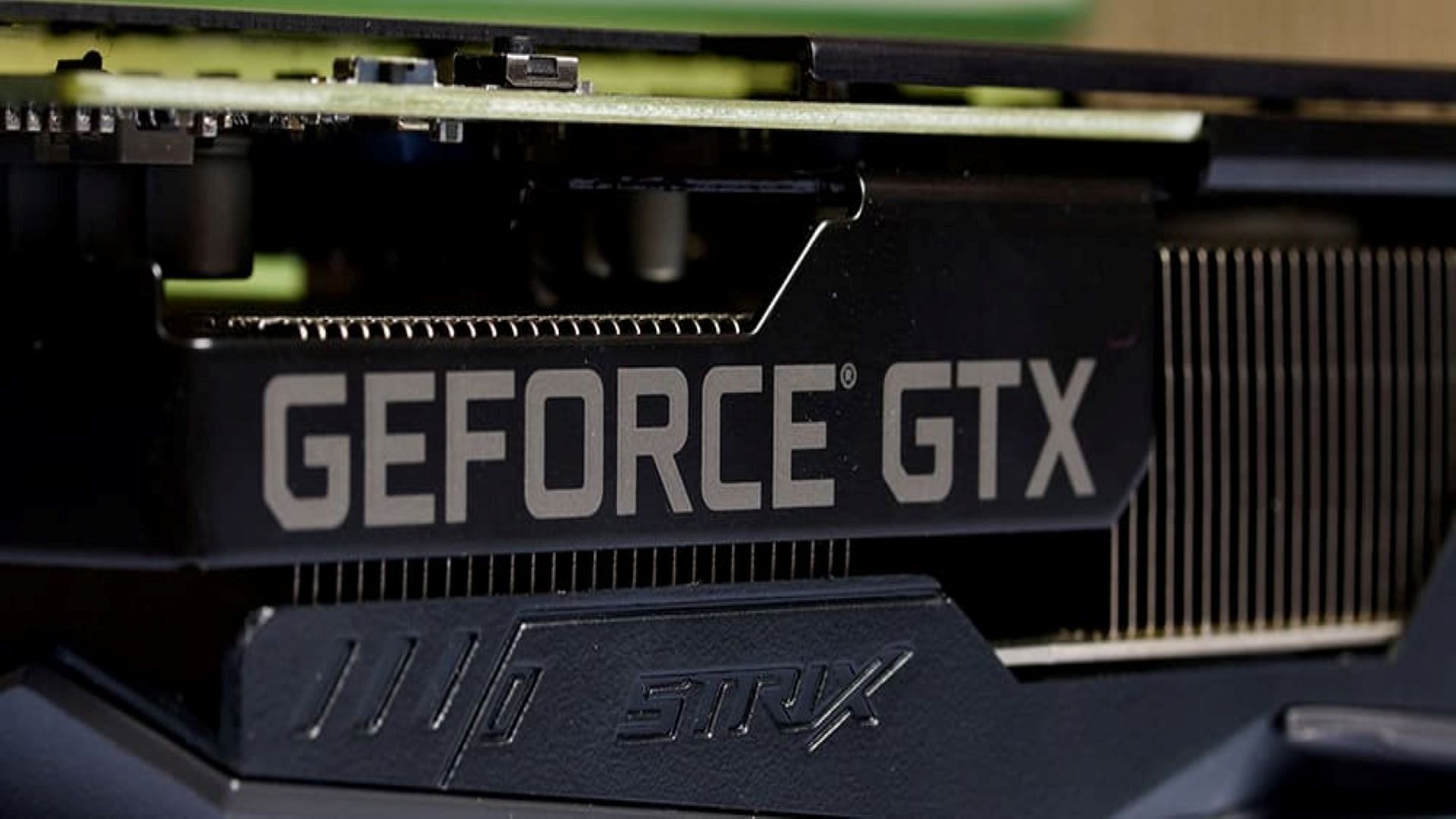4K displays, which mostly come with 3840 x 2160 resolution, promise unparalleled crispness and clarity. This is four times sharper than today's most popular resolution of 1920 x 1080. However, if users are planning to view content at UHD resolution, they need proper hardware to do so.
Not all graphics cards support 4K video output. Thus, it is important to figure out the cheapest graphics cards that can handle content consumption and regular tasks like video encoding at the UHD resolution.
Modern technology has reduced the price of graphics cards that can handle a 4K display by a significant margin. It is worth noting that these cards are capable of 4K video output. 4K gaming is a different turf, and the cards listed here might not be able to handle video games at UHD.
Note: This article is subjective and solely reflects the opinions of the writer
Nvidia Geforce GTX 1050 Ti 4 GB GDDR5 and 4 other most cost-effective graphics cards for 4K display
1) Nvidia Geforce GT 730 2 GB GDDR5 - $60

Specs:
- GPU name: GK208
- Maximum supported resolution: 4,096 x 2,160 (via HDMI and DVI)
- Maximum supported refresh rate: 60 Hz
- Amount of VRAM: 1024 MB GDDR5
The Nvidia Geforce GT 730 is an old GPU that is capable of 4K display output. The video card was introduced back in 2014 as part of the now discontinued Kepler lineup.
Most GT 730 models are available for $60, making these video cards one of the cheapest options for 4K display output. However, this card does not support H.265 video decoding.
Users should note that only the GDDR5 version of this video card is capable of handling UHD video output. The DDR3 version is significantly slower and will falter at 3,840 x 2,160 resolution.
A maximum of three monitors can be plugged into the GT 730. However, only one port is capable of 4K display output, the HDMI.
2) Nvidia Geforce GT 1030 2 GB GDDR5 - $120

Specs:
- GPU name: GP108
- Maximum supported resolution: 4,096 x 2,160 (via HDMI and DVI)
- Maximum supported refresh rate: 60 Hz
- Amount of VRAM: 2 GB GDDR5
The GT 1030 is a successor to the Kepler-based GT 730. It is based on the same DNA as its last-gen counterpart, albeit with fewer ports.
The GT 1030 is capable of delivering true 4K resolutions (4,096 x 2,160) at 60 Hz without running into any problems. These days, the card is selling for higher than the $89 price tag it carried when it was introduced in 2017. However, considering inflation and supply issues, gamers will have to pay a slight premium for a basic video adapter.
Users can plug a maximum of two monitors into the GT 1030. Only one port, the HDMI, is capable of a 4K display.
3) AMD Radeon RX 550 2 GB GDDR5 - $100

Specs:
- GPU name: Lexa PRO
- Maximum supported resolution: 4,096 x 2,160 (via HDMI 2.0)
- Maximum supported refresh rate: 60 Hz
- Amount of VRAM: 4 GB GDDR5
The AMD Radeon RX 550 is the lowest-end GCN 4th generation-based video card the company introduced back in 2017. It is capable of delivering up to 4,096 x 2,160 resolution. It is also more powerful than the slightly costlier GT 1030.
The RX 550 can play some video games at 1080p. However, 4K is not on its turf. It has three video ports, meaning that users can plug up to three displays into their system. The ports on this video card include a DisplayPort, an HDMI port, and a DVI port. The 4K display can only be obtained via HDMI and DP.
4) Nvidia Geforce GTX 1050 Ti 4 GB GDDR5 - $175

Specs:
- GPU name: GP107
- Maximum supported resolution: 7,680 x 4,320 (via HDMI 2.0b and DisplayPort 1.3)
- Maximum supported refresh rate: 60 Hz
- Amount of VRAM: 4 GB GDDR5
The Geforce GTX 1050 Ti was introduced back in 2016 as Nvidia's entry-level option. It was a direct competitor to the AMD Radeon RX 560.
Nvidia's entry beats the Team Red offering by a solid margin. It still makes for one of the cheapest cards for entry-level 1080p gaming.
However, those who want to leverage the card's insanely good video encoding capabilities will be delighted by what the GTX 1050 Ti can achieve. Via HDMI 2.0b and DisplayPort 1.3, this rendering machine can deliver up to 8K resolutions (7,680 x 4,320), which is four times the number of pixels UHD houses.
Overall, the GTX 1050 Ti is one of the best 4K display adapters available on the market.
5) Nvidia Geforce GTX 1650 4 GB GDDR6 - $200

Specs:
- GPU name: TU117
- Maximum supported resolution: 7,680 x 4,320 (via HDMI 2.0b and DisplayPort 1.3)
- Maximum supported refresh rate: 60 Hz
- Amount of VRAM: 4 GB GDDR6
The GTX 1650 is the direct successor to the GTX 1050 Ti. Thus, it makes sense that this Turing-based video card only took what the 1050 Ti was good at and made it even better.
The GTX 1650 is a great option for entry-level 1080p gaming without modern technologies like ray tracing and temporal upscaling. However, when used for video output purchases, this card does not fail to disappoint.
Users can run up to three monitors at a maximum resolution of 7,680 x 4,320 or 8K. The HDMI and DisplayPort found on this video card can support 8K resolution. This means that users can plug up to two 8K or 4K displays with this GPU. The DVI port caps out at 2,560 x 1,600. Thus, users cannot scale above a third1440p monitor.
Overall, the GTX 1650 is one of the best video adapters out there. If content consumption and high-resolution video encoding are all users want to do in their system, there is no better card that doesn't break the bank.

